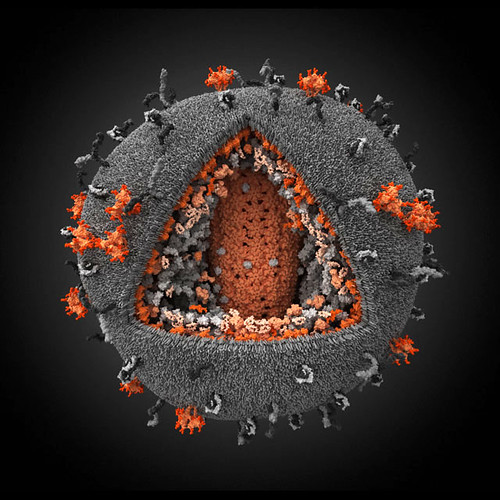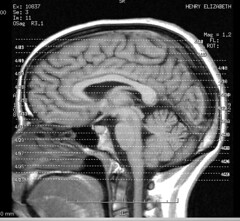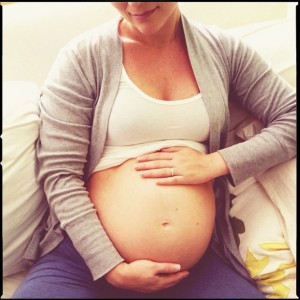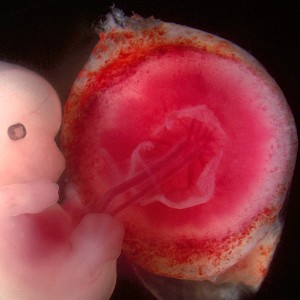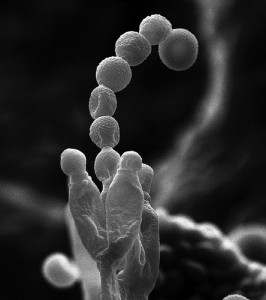Traditionally, when we think of camels, we associate them with their signature humps for water storage, extreme endurance abilities and most importantly with hot desert environments. However, the most recent groundbreaking discovery on March 5th by fellow Canadian paleobiologist, Natalia Rybczynski of the Canadian Museum of Nature in Ottawa suggests otherwise.
At the Fyles Leaf Bed site on Ellesmere Island in Nunavut, Rybczynski discovered 30 “wood-like” fragments that were in fact part of the lower leg bone of a camel dated to be at least 3.4 million years old! These fossil remains were collectively retrieved over a span of 3 summer excavations (in 2006, 2008 and 2010). Furthermore, several state of the art techniques were used to verify the authenticity of these fossil remains including “3D laser scanning” and “collagen fingerprinting”.
In fact, the actual alignment and assembly of the fossil fragments were conducted with the help of the 3D laser scanner which uses infrared light to record the distance between each fragment and allow detailed reconstruction of the overall leg structure. On the other hand, collagen fingerprinting technique analyzes the collagen content within samples as this protein seems to be able to survive long periods of burial time. This portion of fossil analysis was carried out by expert Dr. Mike Buckley at the University of Manchester in England.

It is estimated that the ancient camel is about 29% bigger than our average modern camel which may have been beneficial for their survival but more research has yet to be done. Now that even camels have been found to have lived in the Arctic, what more farfetched discoveries still awaits for scientists to uncover?
-Megan Nien-I Lin







